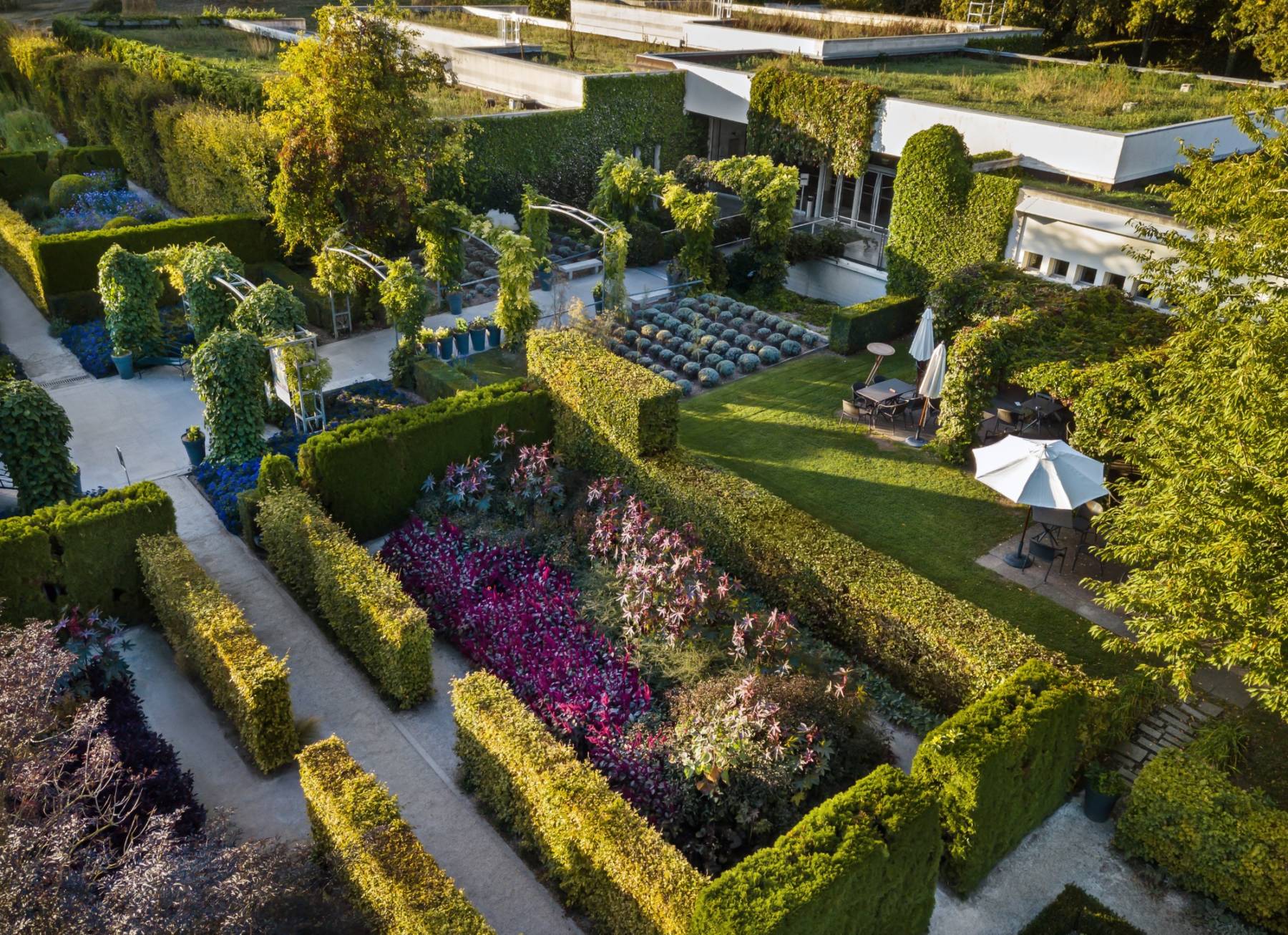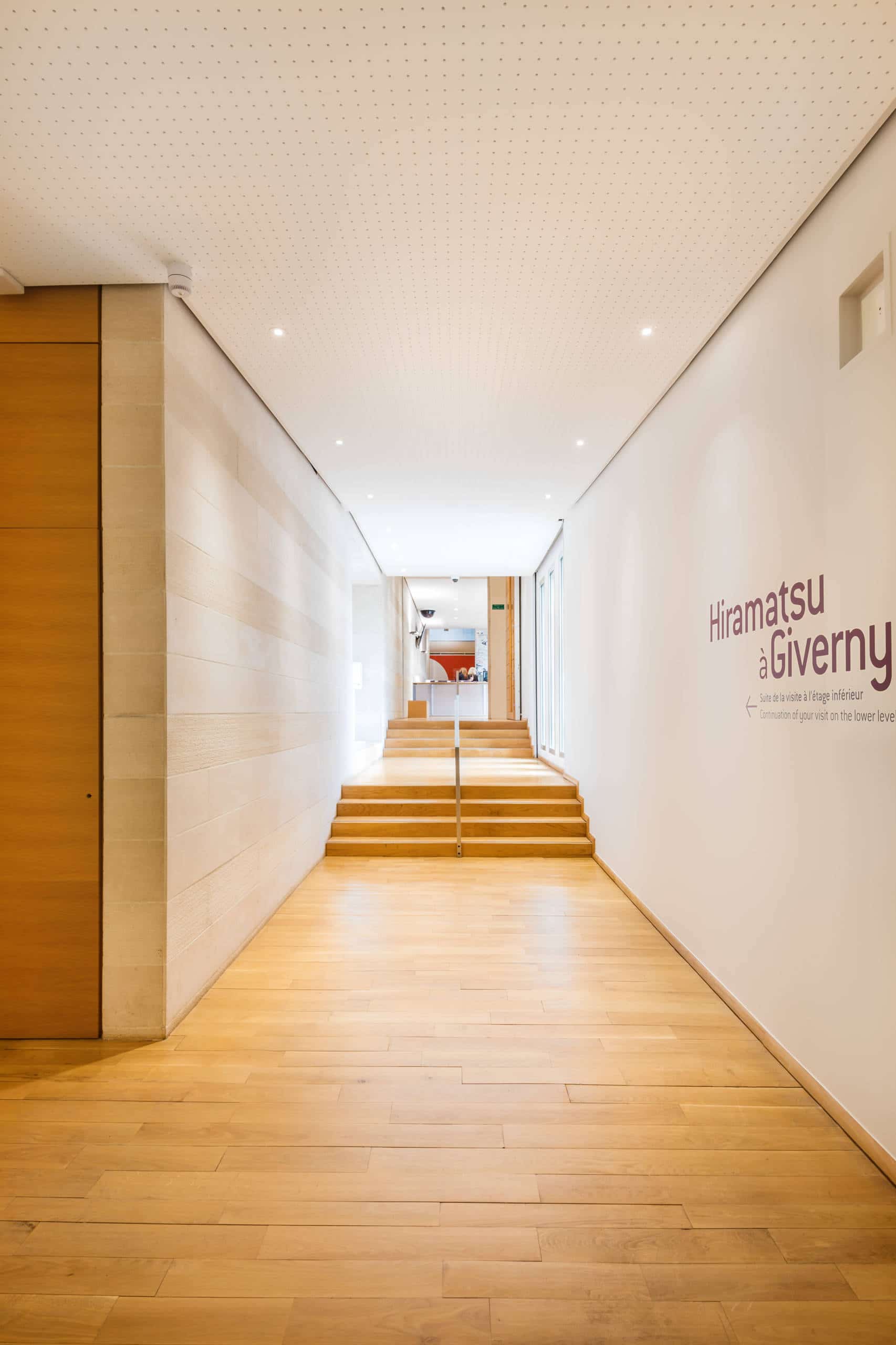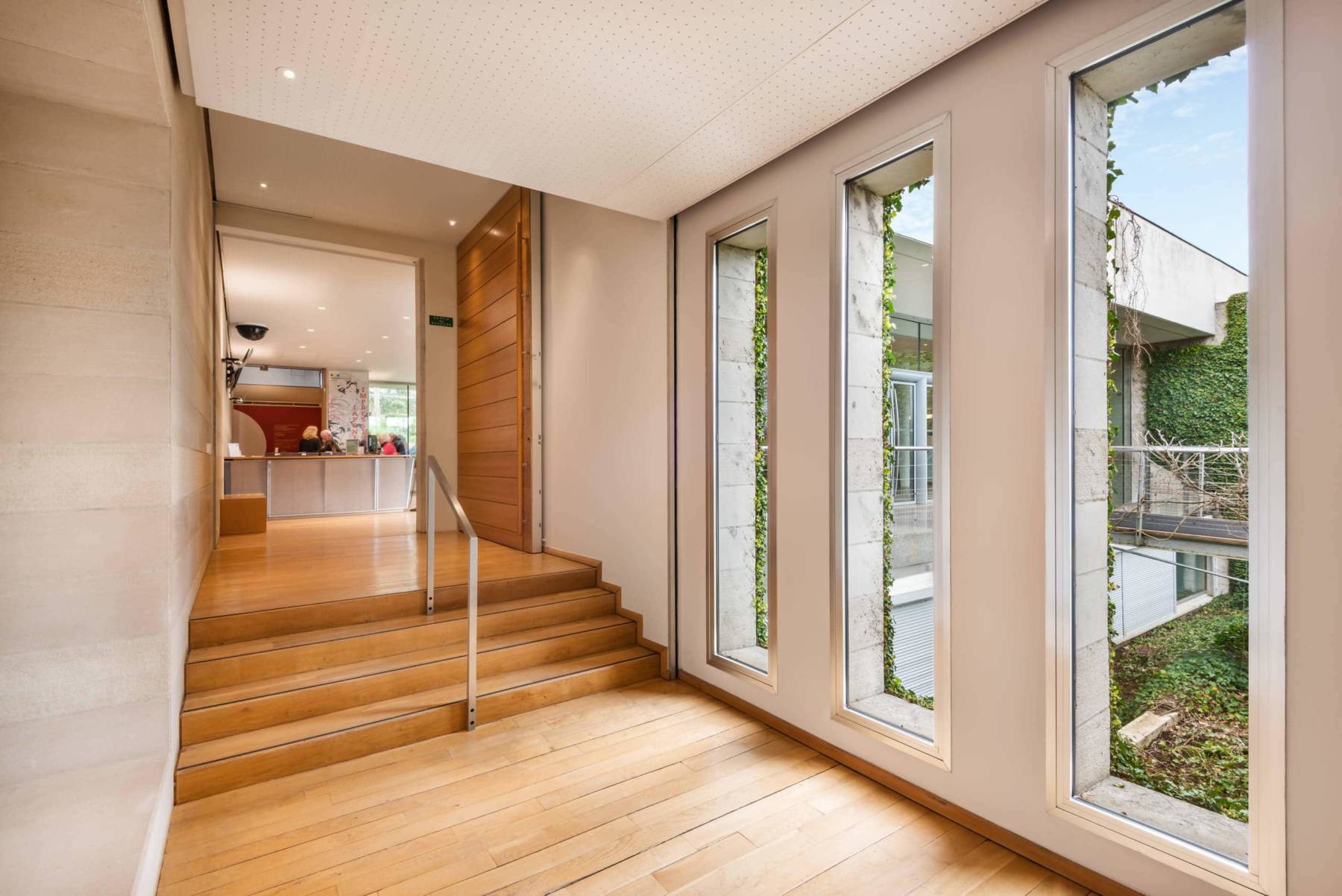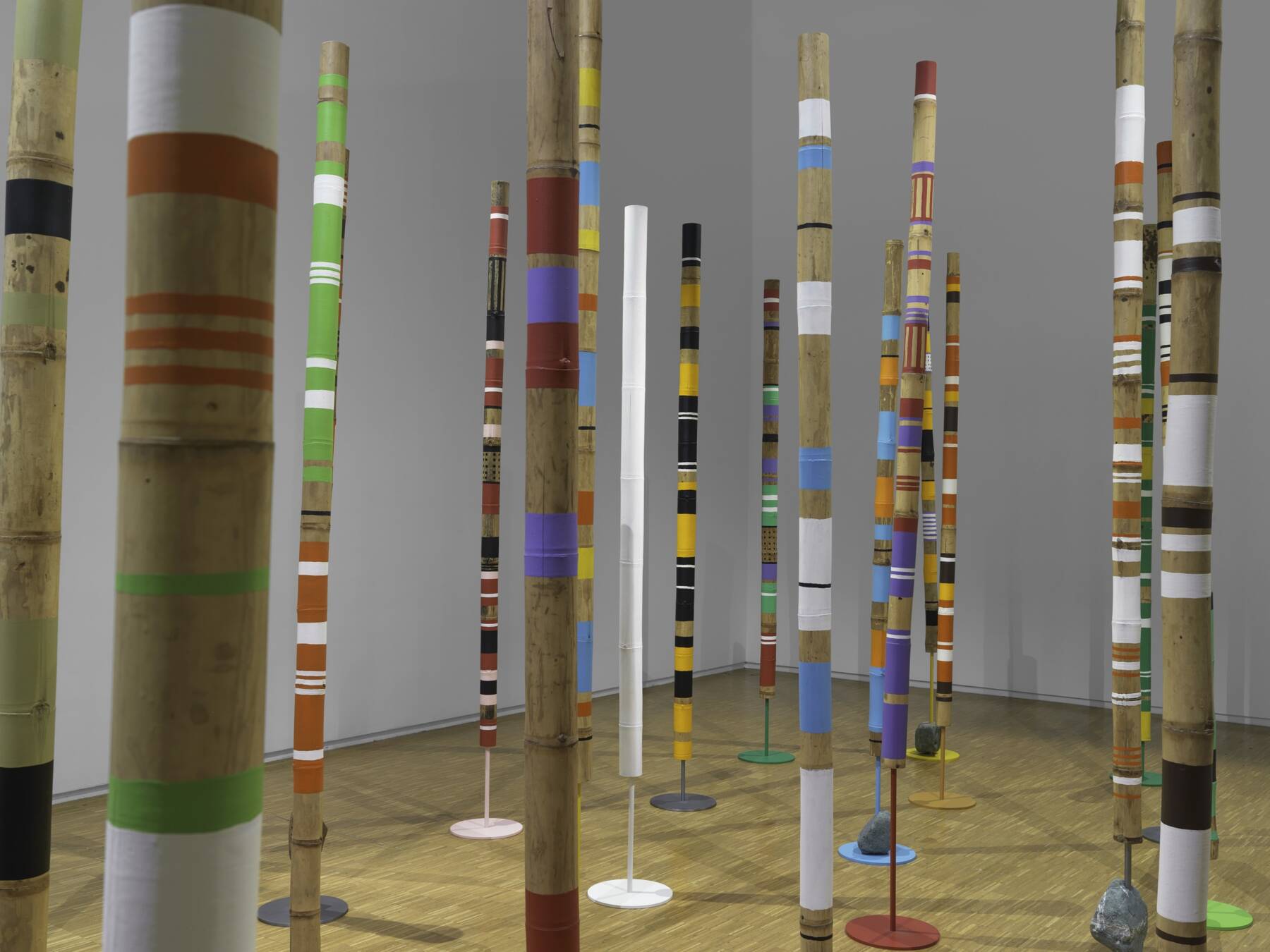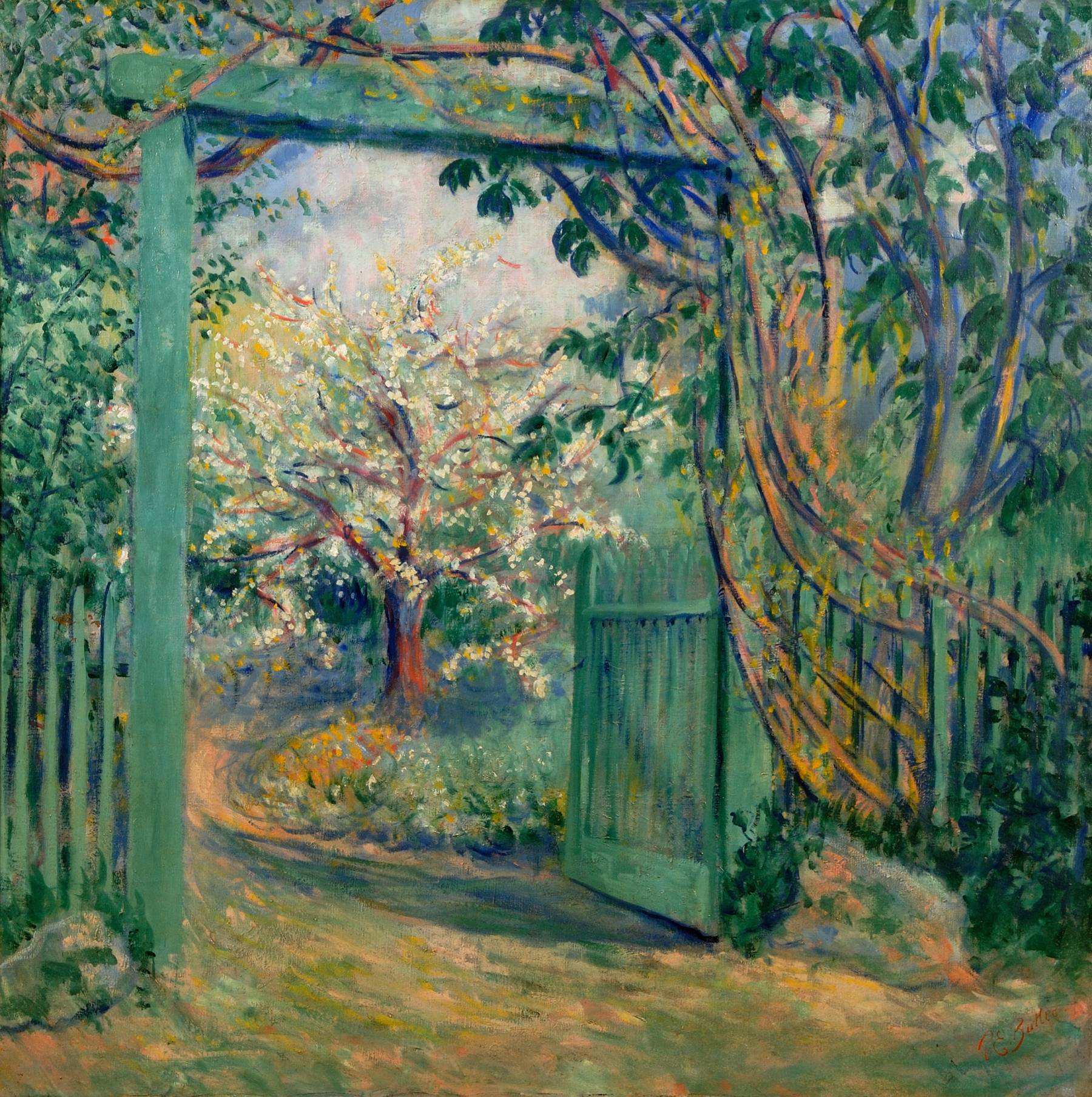Museum architecture
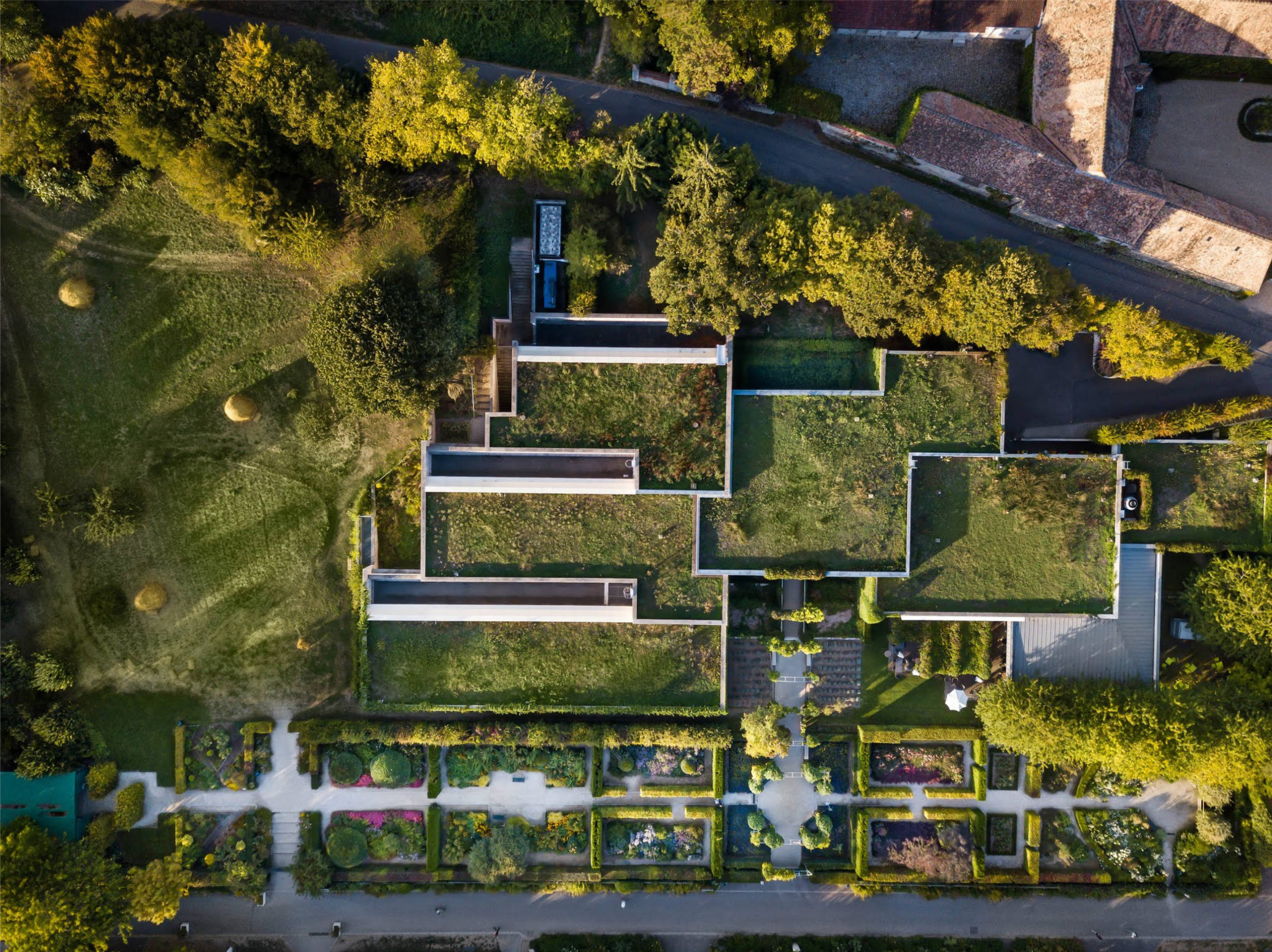
Musée des impressionnismes Giverny succeeded the American Art Museum founded in 1992 by Daniel J. Terra (1911-1996). Nestled in the heart of the small village of Giverny, this building was built on a hillside, in the very place where Claude Monet painted his famous “Haystacks” in the 1890s. Construction of this new building at such a delicate site required a thorough understanding of the tourism and cultural issues in a restricted area. The architect Philippe Robert (from the firm Reichen et Robert) and Daniel J. Terra drew on all their skills to create a building tied to the landscape.
Making architecture disappear
Philippe Robert’s task was to appreciate the difficulty of building a museum at a historic site. It was not about creating an imposing building – but making it as discreet as possible. It had to mesh with nature.
“We did a lot of hard work to make our architecture disappear. The biggest compliment would be to ask where our work is.”
Philippe Robert
The slope of the land and observation of Giverny’s houses inspired a meticulous system of terrace roofs. Philippe Robert designed a museum with a simple drawing: three juxtaposed rectangles creating fluid movement. The gradient of the roof is adapted depending on the natural angle of the hill. The discreet vertical windows illuminate the corridors between the exhibition rooms. For these, Philippe Robert opted for wood and windows in perspective. The building’s great triumph is to unite light and nature, strolling and softness.
Bringing the outside in
The museum’s reception plays with transparency, with the large bay windows on one side and space and the garden on the other. On entering the lobby, the visitor can either go left to the exhibition galleries, or right to the shop or the restaurant which also overlooks the garden. To make the building functional, the architect created the technical spaces in the basement, but also the stockrooms, plus a pleasant auditorium. Today, with 180 places, it plays host to numerous conferences, concerts and readings. This building, devised in the late 1980s, was already ahead of its time in terms of defining the essential functions of a museum: welcoming the visitor, cultivating exhibitions, conserving and storing artwork, but also establishing a cultural policy for all audiences.
The museum
About us
See more
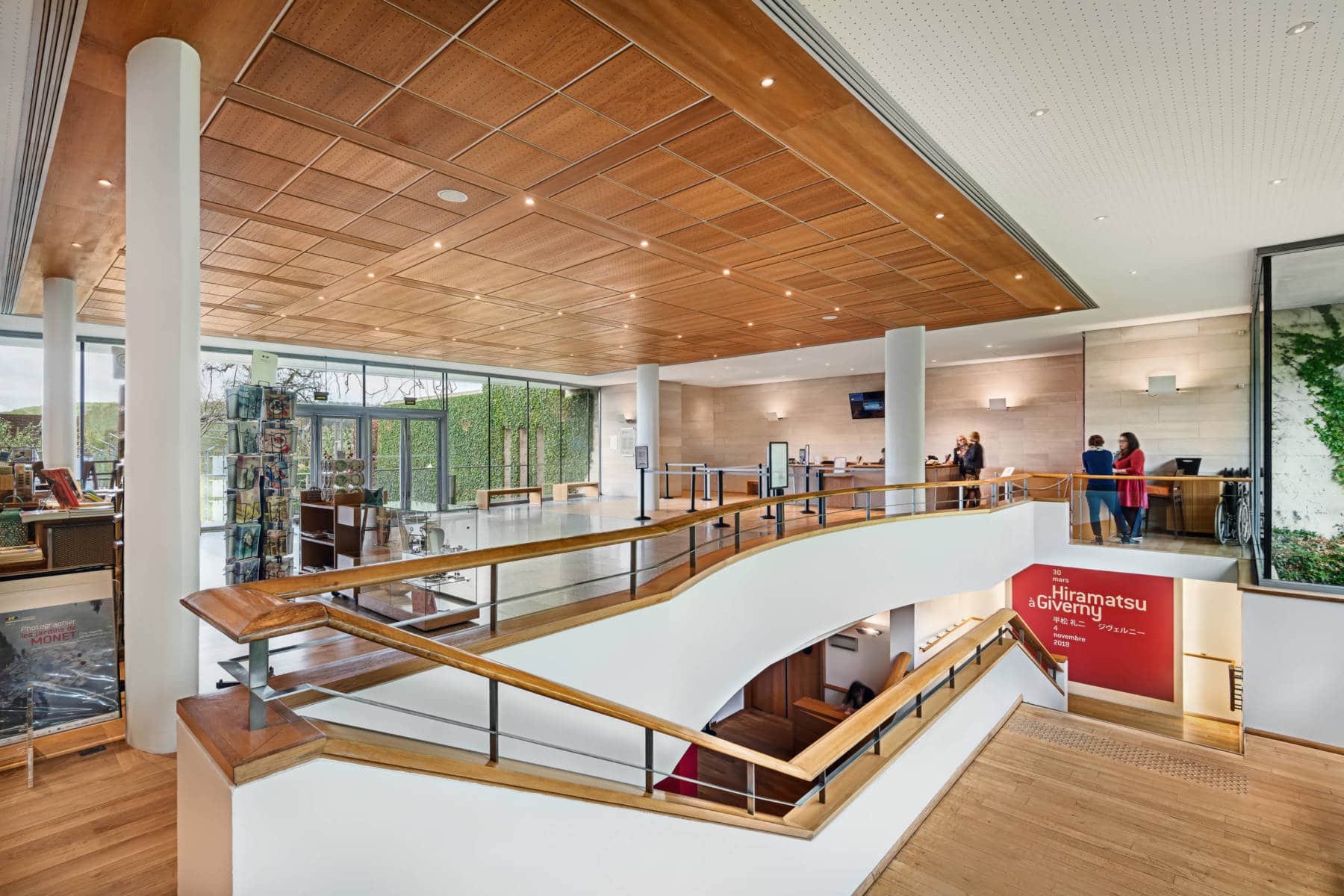
The museum
The garden
See more
